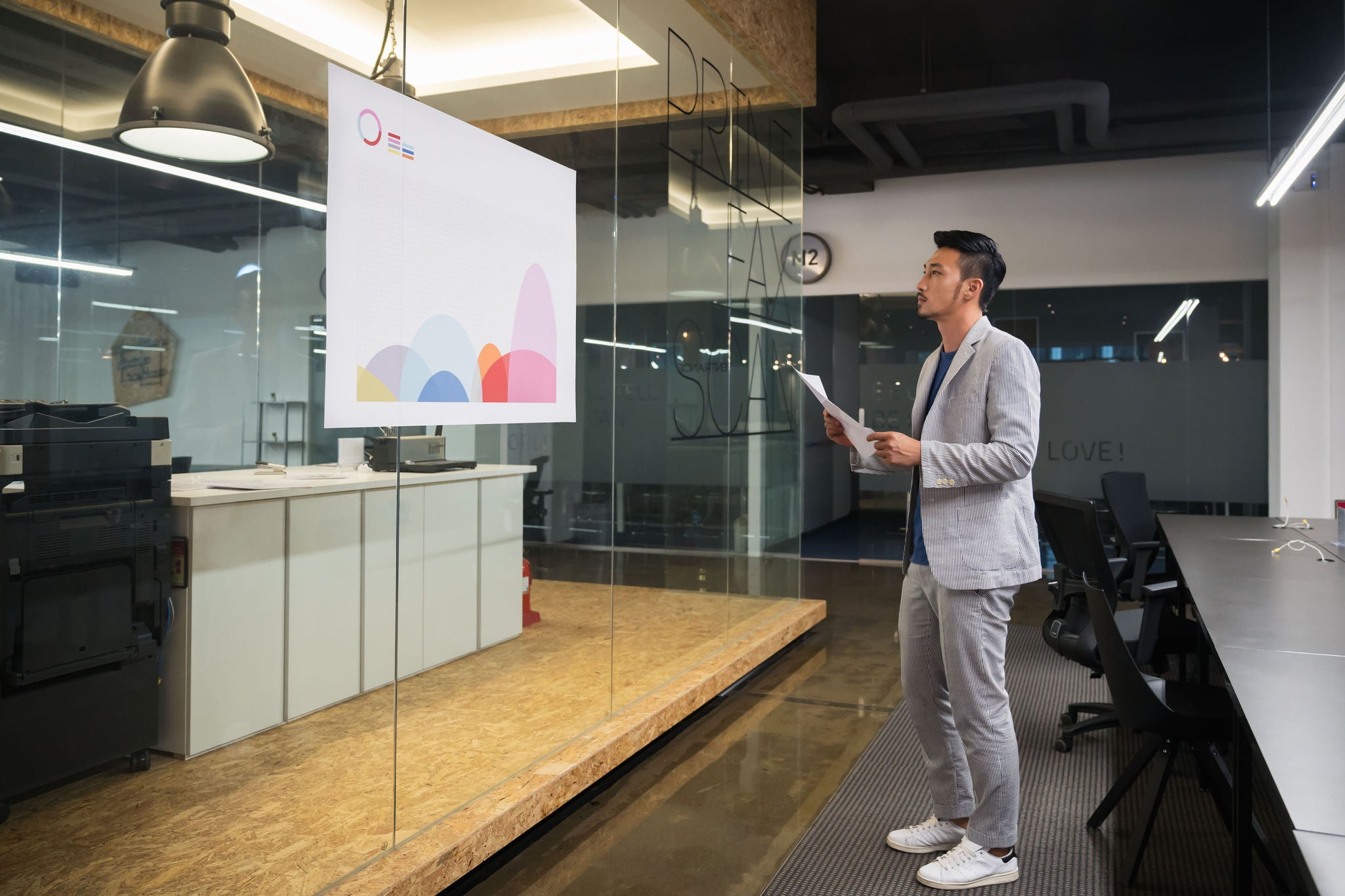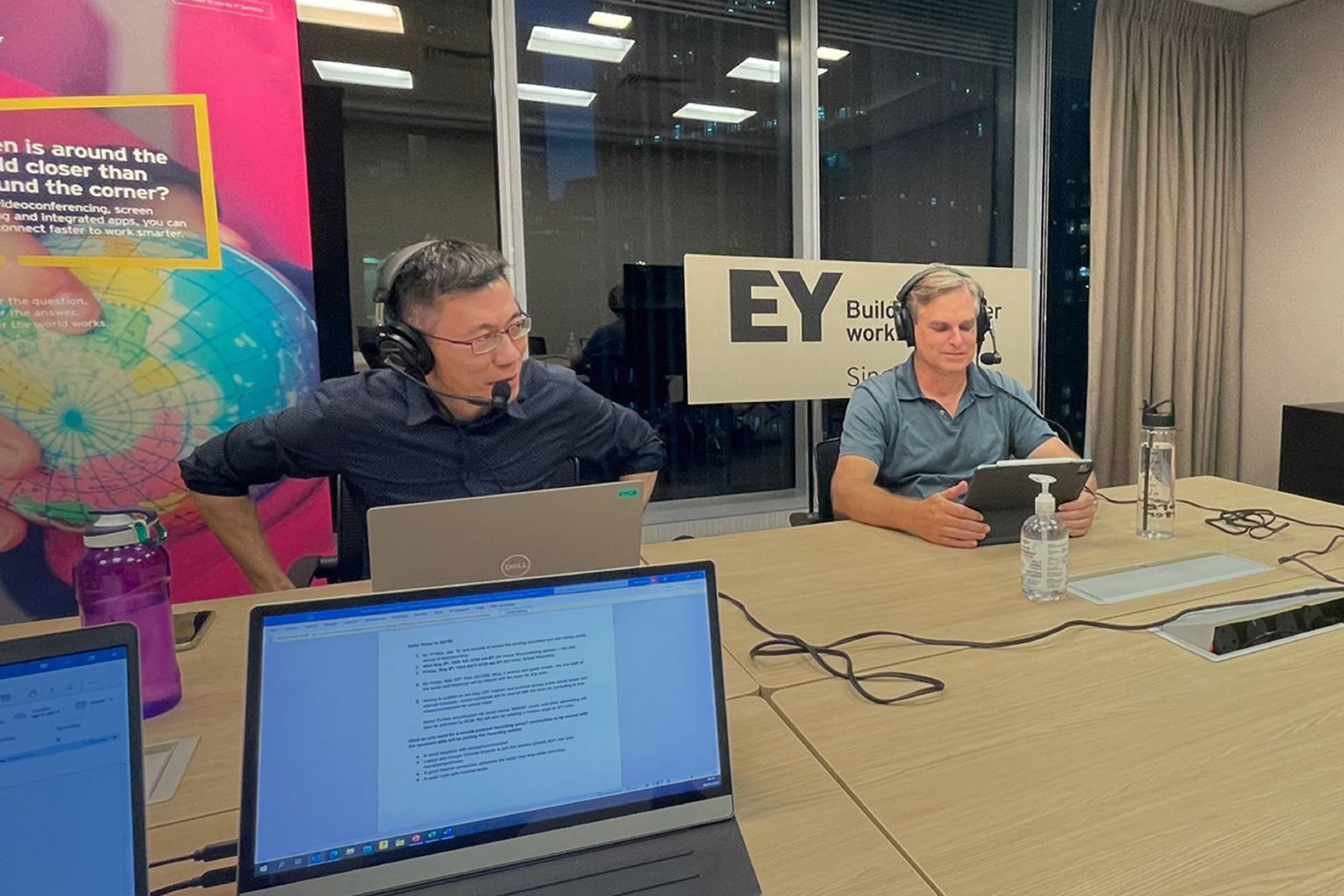EY refers to the global organization, and may refer to one or more, of the member firms of Ernst & Young Global Limited, each of which is a separate legal entity. Ernst & Young Global Limited, a UK company limited by guarantee, does not provide services to clients.
Related article
How do you harness the power of people to double transformation success?
Read about how EY and the University of Oxford explored the emotional cost of failed transformations and what it takes to get them right.
Rather than investing in a single technology or platform, successful FIs are selecting a combination of complementary technologies based on the goals of their organization. However, systems integration is far from straightforward.
The EY Tech Horizon analysis reveals that:
- Integrating multiple systems and migrating legacy infrastructure are a major barrier to transformation for APAC FIs – more so than any other sector.
- FIs in the region are not as advanced as global FIs in using data and tech to achieve environmental sustainability goals.
- APAC FIs are more likely to agree that tech innovation has generated value for the organization and users than all global FS respondents.
The research shows that FIs’ transformation programs often exceed expectations when a people focus gains traction alongside the right tech mix. For example, the majority of organizations that place diversity targets at the core of their program outperform those that do not. Verschoor explains that employee diversity leads to a greater mix of ideas, insights and perspectives, which results in a direct uptick in innovation.![]()










